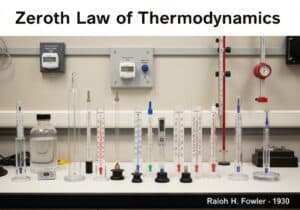A non-Newtonian fluid is one whose viscosity changes under an applied shear stress. Unlike a Newtonian fluid where viscosity is constant, its flow properties are not described by a linear relationship between shear stress ([latex]\tau[/latex]) and shear rate ([latex]\dot{\gamma}[/latex]). This dependency can manifest as shear-thinning (viscosity decreases with stress) or shear-thickening (viscosity increases with stress).
The fundamental difference between Newtonian and non-Newtonian fluids lies in their response to shear. For a Newtonian fluid, the relationship is linear, defined by Newton’s law of 粘度: [latex]\tau = \mu \dot{\gamma}[/latex], where [latex]\mu[/latex] is the constant coefficient of viscosity. For non-Newtonian fluids, this relationship is non-linear and can be time-dependent. The apparent viscosity, defined as [latex]\eta = \tau / \dot{\gamma}[/latex], is not a constant but a function of the shear rate itself, [latex]\eta(\dot{\gamma})[/latex].
This behavior arises from the fluid’s internal microstructure, such as long polymer chains, suspended particles, or emulsions. When a shear force is applied, these microstructures can align, deform, or rearrange, altering the fluid’s resistance to flow. For example, in a polymer solution (a shear-thinning fluid), the randomly coiled polymer chains untangle and align with the flow direction under high shear, reducing internal friction and thus viscosity. Conversely, in a concentrated suspension like cornstarch in water (a shear-thickening fluid), the particles may jam together under high shear, drastically increasing viscosity.
The study of these complex flow behaviors is called rheology. Understanding a fluid’s non-Newtonian properties is critical in many industrial processes, from pumping and mixing to 涂层 and molding, as the processing conditions directly influence the material’s behavior.






























